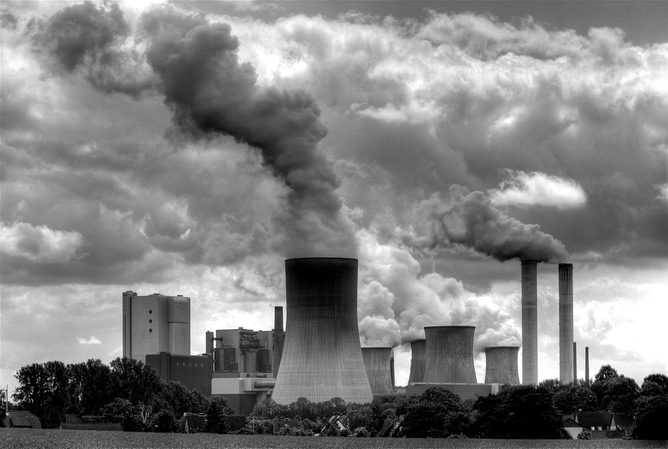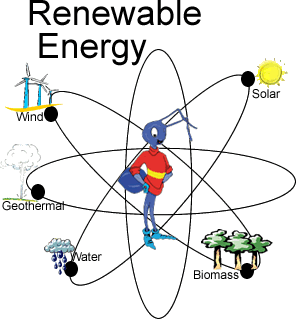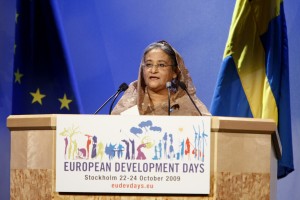 Time and tide wait for none’. The amount of success will be more if the work is done in due time. Though Bangladesh is a small country, but it contains ‘a significant quantity of natural resources. Amongst the others, solid fossil fuel coal is one of its valuable assets. The country is resourceful in comparison with its total area. But because of its huge population, which is another resource, per capita resource becomes small. Of course, a little portion of its hidden resources has been discovered so far. Proper investigation throughout the country’s onshore and offshore areas surely improve the reserve of per capita resource. Presence of resource is not the only a criteria for development. Their effective use is the appropriate key of economic growth. Amongst the so far discovered natural resources, coal and natural gas are the main. We are using natural gas for long time. Unplanned and excessive use of it decreased its total reserve and in near future it may finish unless new reserves discover. So, we have to be cautious about the use of natural gas.
Time and tide wait for none’. The amount of success will be more if the work is done in due time. Though Bangladesh is a small country, but it contains ‘a significant quantity of natural resources. Amongst the others, solid fossil fuel coal is one of its valuable assets. The country is resourceful in comparison with its total area. But because of its huge population, which is another resource, per capita resource becomes small. Of course, a little portion of its hidden resources has been discovered so far. Proper investigation throughout the country’s onshore and offshore areas surely improve the reserve of per capita resource. Presence of resource is not the only a criteria for development. Their effective use is the appropriate key of economic growth. Amongst the so far discovered natural resources, coal and natural gas are the main. We are using natural gas for long time. Unplanned and excessive use of it decreased its total reserve and in near future it may finish unless new reserves discover. So, we have to be cautious about the use of natural gas.
At the same time we have to find out alternative energy sources. Among the other alternative energy sources, coal is the vital. So far a significant reserve of high quality coal has been discovered. Large amount of coal from the discovered coal basins may be extracted directly, either by underground mining or open pit mining. Besides, coal bed methane extraction and coal extraction after gasification from deeper coal basins may be possible. Possibilities of discovering of some new coal basins at shallow depth in greater Rangpur and Dinajpur districts as well as comparatively deeper depth at greater Bogra and Rajshahi districts are bright. So, it is the time to concentrate full attention to extract coal, not for export, but for electricity generation. In other word, coal extraction is the demand of time.
Coal extraction is not as easy as natural gas or crude oil. One or two production wells are not the solution like fluid hydrocarbon. It needs large area to dig, buildup shaft for underground mining. On the other hand, open pit mine requires larger area. Environmental pollution is another important question that may arise in coal mining. Resettlements of local inhabitants, loss of agriculture are the problems in this regards. In addition, total coal reserve, coal quality, depth to the coal seams etc. are other factors. Considering all these negative things, even then if coal extraction is profitable then it will be easier to take positive decision in favour of coal mining. Therefore, authority may consider all the above criteria and carry on more detailed investigation if needs before accept any plan for coal extraction. This is true for all coal basins including coal basins of the country and Bangladesh surely precede further in this acceptable way of coal.
Present situation of coal reserves in Bangladesh is hopeful and mining condition is in preliminary stage. Barapukuria, Khalaspir, Dighipara, Phulbari and Jamalganj are the so far discovered prospective coal basins in the country. Total proved coal reserve of these basins is more than 2.6 billion metric tons. Probable reserve may exceed this. A possibility of future discoveries is bright. Depths to the coal seams of so far discovered basins except Jamalganj are mineable. Jamalganj is also mineable but costing will be more. Extraction of coal bed methane and/or extraction after gasification of coal will be more profitable here: Barapukuria is the northernmost and the shallowest coal basin and Jamalganj is the southernmost and deepest coal basin among the five. Depths and positions of other three basins are in between. Here one striking thing may be point out that is the depth of these coal basins increases gradally from the north to the south. Quality of Bangladeshi coal is high quality bituminous. Its fixed carbon, sulfur and moisture content are within normal limit and suitable for environment. Ash produced after coal burning is also within limit. Except a little part of Barapukuria, expected level of coal mining is not yet started in Bangladesh.
The demand of coal in Bangladesh is significant at present. Production of Barapukuria mine is being used in Barapukuria power plant. A small portion of it is supplying to the local market. Among the other users, brickfield owners are the main. Of course, imported low quality lignite coal is the common fuel for brickfields. But possibility of increase coal demand is very much bright. Presently, the country is suffering from energy crisis or more precisely electricity crisis.
Fossil fuel is the main source of electricity generation. The sun, the ocean power, hydroelectric powers are the alternative sources of electricity, which are environment-friendly. Nuclear power may be a great source of electricity. In Bangladesh fossil fuel especially natural gas is the main energy source. Natural gas is being used to generate less than 700% of electricity of the country. A small amount of electricity is generated by diesel and furnace oil. The price of electricity produced from imported oil based power station is very high. Around 4% of electricity comes from Kaptai hydroelectric power plant. Solar as well as other source of electricity in the country is negligible. The demand of electricity is increasing very swiftly, but the production increasing rate is not capable to compete with it. Insufficient gas supply, old equipments of existing power station, lack of new power station etc. are the main causes of the defeat in the race between electricity generation and its demand. Among these the increase of gas supply is difficult job because of its limited reserve. So, we have to proceed further with other energy sources. Fortunately, we have high quality bituminous coal. As the quality of this coal is suitable for electricity generation and the quantity is sufficient, so establishment of coal based power plant will be a very good solution of present time electricity demand. Under these circumstances, coal extraction and establishment of coal based power station is the demand of time.
Probably the Government is proceeding in this way. In an article, published on 5 July, 2012 in the post editorial column of The New Nation newspaper, I proposed some plan to extract coal. In that plan recommendations were made to establish two underground coal- mines one at Khalaspir and another at Dighipara. Proposal of establishment of atleast one open pit coal mine as an experimental basis was also included in the paper. The first choice was the northern part of Barapukuria coal basin because of its shallowest depth and this part may be shallower than other parts. The next is any suitable place of Khalaspir coal basin whose depth is next to Barapukuria. A fortnight later, the authority decided to establish an open pit coal mine at the northern part of Barapukuria coal basin, which seems to be a simultaneous event. It proves the authority’s positive intention to overcome the present electricity crisis and fulfill the demand of time. Considering present and near future demand of electricity of the country and present situation of production, undoubtedly one can say, ‘it is the best time for coal extraction and we have to use it properly’. In this connection we have to remind again the famous proverb ‘Time and tide wait for none’. So we will not wait. Authority may proceed as soon as possible with new initiative.
Author : Dr. Idris Miah, Retired Director, Geological Survey of Bangladesh (Email: dr.idrismiah@gmail.com)




































